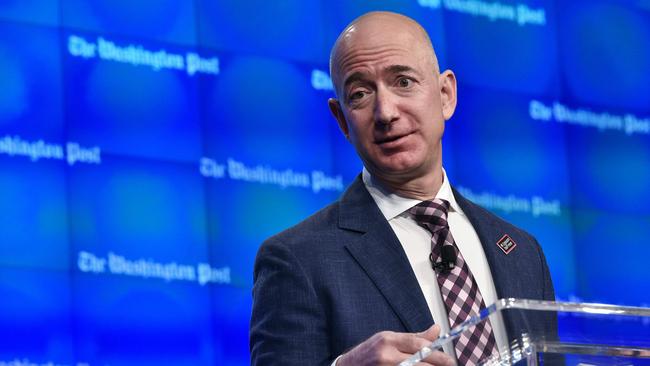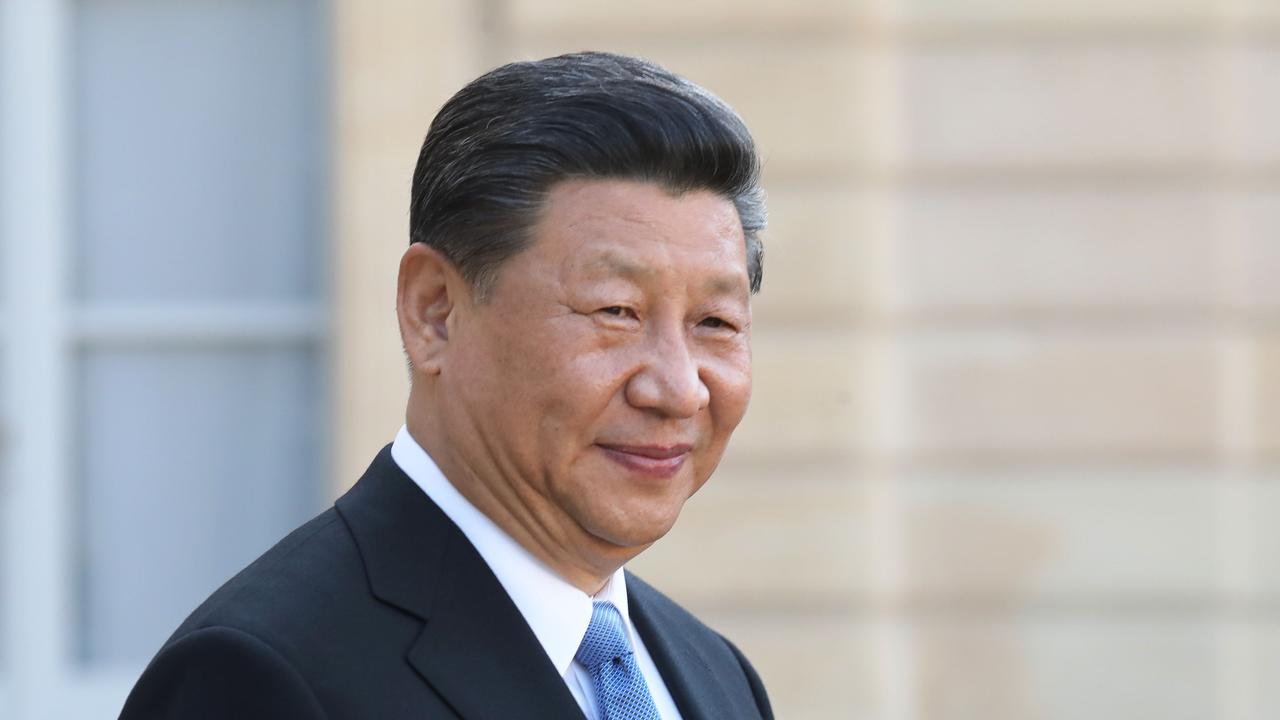Amazon: two-pizza teams top the lot
Amazon is No 1 in the Management Top 250 ranking of effective firms.

A nearly century-old timber company is an unsung management gem. Investor-favourite blue chips haven’t lost their lustre in terms of how well they are run. And the tech giants shaping much of today’s society are the most effectively managed US companies.
Those are among the insights revealed in the inaugural Management Top 250, a landmark ranking released in December last year that marks the first time the teachings of business guru Peter Drucker have been used to analyse and compare the performance of major US companies.
Hailed as the father of modern management, Drucker, who died in 2005, influenced generations of business leaders with his writings, including a regular column in The Wall Street Journal. His principles of what makes a well-managed organisation have never before been translated into a quantitative model to measure how effectively a company is run.
The Management Top 250 does just that. The ranking — compiled by the Drucker Institute, founded in 2007 to advance the ideals of the management sage — differs from other “best of” lists in that it doesn’t measure any single aspect of a company’s prowess, such as profits or productivity.
Rather, it takes a holistic approach, examining how well a business does in five areas that reflect Drucker’s core principles: customer satisfaction; employee engagement and development; innovation; social responsibility; and financial strength.
Amazon tops the list of the US’s most effectively managed businesses. On the online retail juggernaut’s heels are Apple and Google parent Alphabet, in second and third place, respectively. Tech behemoths IBM, Microsoft and Cisco Systems and Silicon Valley up-and-comer Nvidia take four of the other top 10 spots. Rounding out the top 10 are old-line stalwarts Johnson & Johnson, consumer products giant Procter & Gamble (tied with Microsoft at No 6) and 3M (No 8), the company behind Post-it Notes.
To measure a business’s success in each dimension, the Drucker Institute — part of Claremont Graduate University outside of Los Angeles — scored how companies stacked up in 37 metrics, including market-share data, patent applications and employee ratings on career-review site Glassdoor. The companies listed are the highest scorers among 608 US corporations studied that in the northern autumn of 2016 belonged to the S&P 500 stock index or Fortune 500 list or had a market value of more than $US10 billion. The ranking methodology hasn’t been formally peer reviewed.
Why do so many of the biggest names in tech — some of which didn’t even exist three decades ago — make the list?
For the most part, the tech companies at the top get high grades across all five categories, landing in all but a few instances in the upper 15 per cent to 20 per cent of the more than 600 companies analysed by the Drucker Institute.
Amazon, Apple and Alphabet are innovation and customer-satisfaction standouts because so many of their products — from cloud-computing platforms and smartphones to drones and driverless vehicles — are reshaping industries and social behaviour.
Tech firms such as Alphabet and Microsoft also contract out much of their frontline work. Official staff that remain tend to be highly paid and enjoy generous perks, a likely factor in those companies’ high employee scores, says Rick Wartzman, of the Drucker Institute’s KH Moon Centre for a Functioning Society. “Their workforces are the winners of the knowledge economy,” he says.
There is more than one way to the top. No 1 Amazon is one of the Management Top 250’s most uneven performers. Within the larger universe of analysed companies, it scored in the bottom 20 per cent on social responsibility. The lacklustre grade comes after years of critical news reports about the working conditions of its warehouse workers and poor marks from activists for not being more transparent about its environmental record. Yet its innovation score — so high that it lies off the charts compared with other companies’ scores — catapulted it to first place. Amazon, which has assembled a high-profile corporate responsibility team in the past few years, declined to comment for this article.
The company’s $US20.85bn research and development spending in the 12 months through September last year outstripped all other US companies, according to S&P Global Market Intelligence data. It has kept ahead despite its swelling size by moving quickly and sticking to its founding principle of starting with the customer, says Reid Greenberg, executive vice-president of digital and e-commerce at research and consulting firm Kantar Retail.
Its agility, he says, comes from grouping workers in small teams. Chief executive Jeff Bezos instituted the “two-pizza team” concept, where the ideal team size is one that can be fed on two pizzas.
When it was instituted in the early 2000s it was jarring, says Eric Heller, chief executive of Marketplace Ignition, a consulting firm for brands and retailers, and a former senior manager at Amazon. But by getting rid of bureaucratic layers, it fuelled innovation. Each team owned projects as small as a single button on the website and was responsible for improvements. Potential product ideas get written up into dummy news releases that get marked up. Creators must answer questions such as the cost of the project, how much the product or service would sell for and the launch date.
It’s always day one for Amazon: “Today we’re starting day one of the next five years or the next 10 years, and we’re not dwelling in the past,” Greenberg says. “That’s really how the company thinks … that helps (it) maintain a competitive advantage.”
The company’s early emphasis on frugality led to creative ideas, the most impressive of which were rewarded with a highly coveted “door desk award”, a trophy that looked like a typical worker’s desk. Ideas ranged from how to better affix shipping labels to packages to how to save money on conference-room equipment.
In contrast to Amazon, six companies were particularly consistent in their strengths, scoring in the top 15 per cent to 20 per cent in all five categories: Apple, Alphabet, P&G, 3M, Nike and Colgate Palmolive.
The ranking and its approach can highlight strengths and weaknesses that otherwise may be harder to spot. While last year is the first year the list has been published, the Drucker Institute calculated the performance for most companies back to 2012 to be able to identify potential trends. For instance, the score of Intel, ranked No 14 overall, has steadily slipped during the past five years, weighed down by its customer-satisfaction grade as the chip maker has struggled to catch up to the mobile revolution. Intel has made big bets in artificial intelligence and autonomous driving as it moves into data-centric growth markets, but they have yet to bear fruit.
WALL STREET JOURNAL


